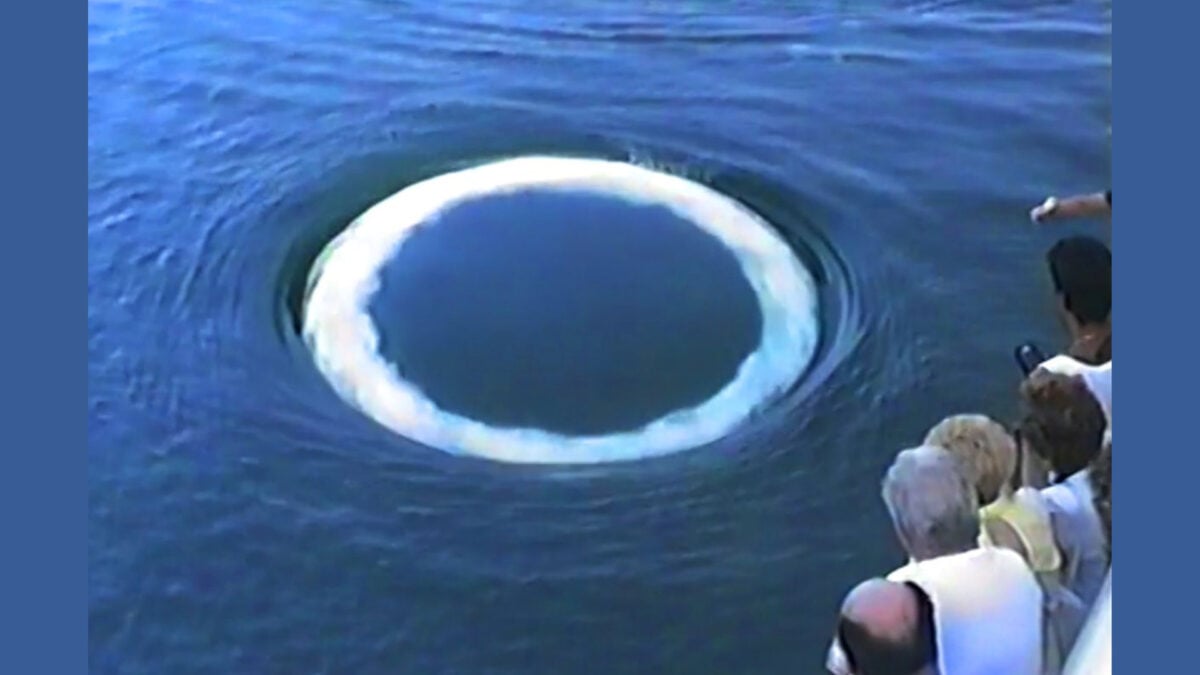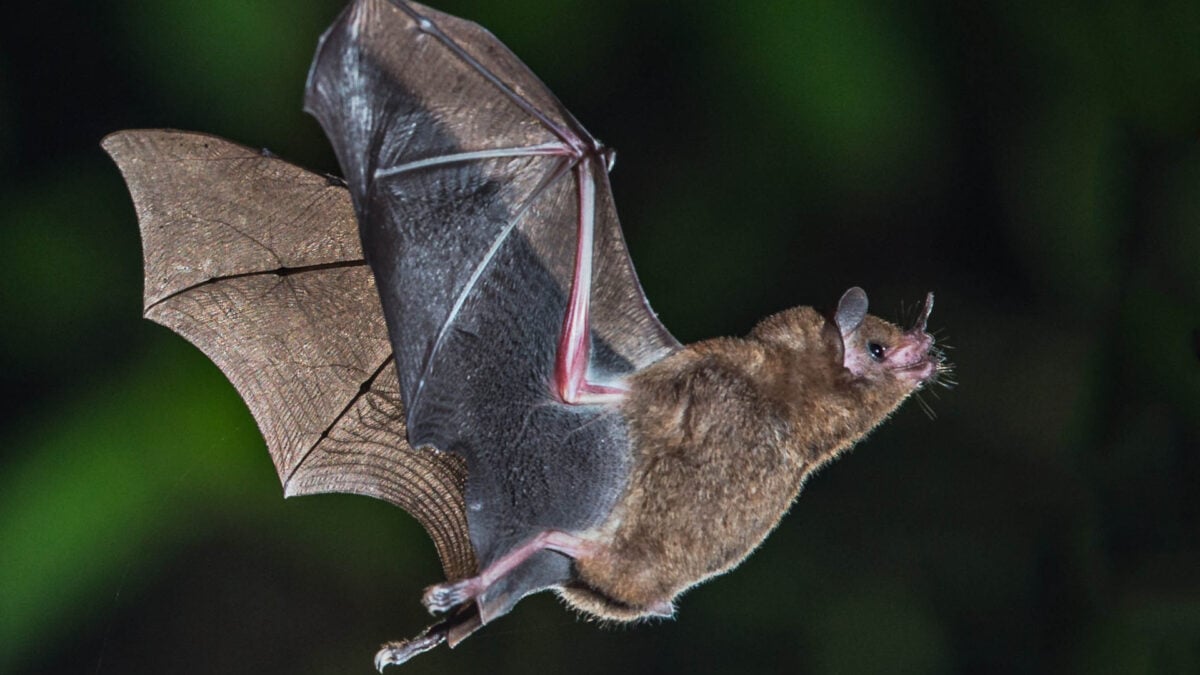Researchers are exploring an unexpected avenue to prepare for future alien contact: studying whale bubbles. This isn’t science fiction; a recent study from the SETI Institute and the University of California, Davis (UC Davis) investigates humpback whale bubble-blowing. This behavior offers crucial insights into non-human intelligence, potentially transforming our approach to finding and understanding extraterrestrial communication.
The Science Behind Whale Bubbles and Alien Intellect
The study, published in Marine Mammal Science, highlights humpback whales blowing bubble rings during friendly interactions with humans. Laurance Doyle, a SETI Institute scientist and study co-author, emphasized the significance of this behavior. “Because of current limitations on technology, an important assumption of the search for extraterrestrial intelligence is that extraterrestrial intelligence and life will be interested in making contact and so target human receivers,” Doyle stated in an institute statement. He added, “This important assumption is certainly supported by the independent evolution of curious behavior in humpback whales.” This suggests that inherent curiosity, a trait vital for initiating interstellar communication, isn’t unique to humans.
More Than Just Play? Unpacking Whale Intentions
While scientists knew humpback whales create bubble nets for hunting and use bubbles in mating rituals, this new research focuses on their use during amicable human encounters. Doyle and his colleagues analyzed 12 distinct bubble ring events involving 11 whales, which produced 39 rings. These actions might indicate playfulness or even a deliberate attempt at interspecies communication. Jodi Frediani, a co-lead author and UC Davis-affiliated marine wildlife photographer, noted that humpback whales often approach boats and swimmers with apparent curiosity and friendliness, reinforcing the idea of intentional engagement beyond basic survival instincts. This observed curiosity could be a crucial parallel to potential ETI behavior.
Decoding Non-Human Communication: Lessons from the Deep
Fred Sharpe, another co-lead author of the study from UC Davis, highlighted the complexity of these marine mammals. “Humpback whales live in complex societies, are acoustically diverse, use bubble tools and assist other species being harassed by predators,” he explained. “Now, akin to a candidate signal [from extraterrestrial life], we show they are blowing bubble rings in our direction in an apparent attempt to playfully interact, observe our response, and/or engage in some form of communication.” If we ever make contact with extraterrestrials, their communication methods will likely be vastly different from our own. Studying intelligent non-human communication systems, like whale bubble interactions, helps scientists broaden their understanding of unfamiliar signals and refine the search for life beyond Earth. Essentially, whale bubbles could serve as a practical analog for an alien language.
This innovative approach using whale behavior joins numerous efforts to simulate extraterrestrial scenarios and prepare for first contact. Understanding how another intelligent species communicates on Earth could significantly improve our ability to recognize and respond to signals from an alien civilization, highlighting the value of studying intelligence in diverse forms.











